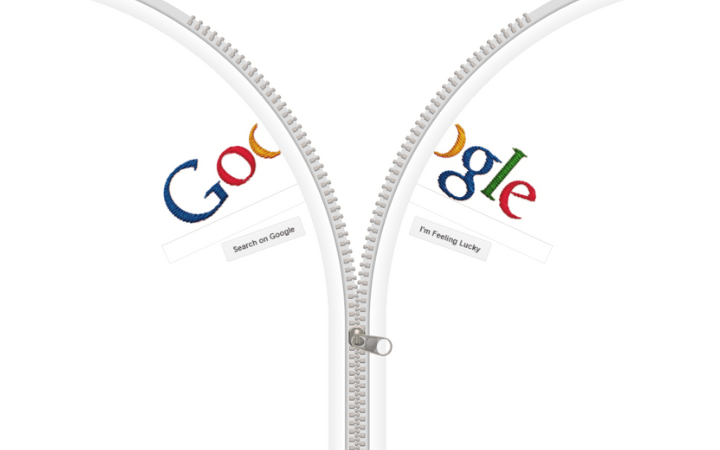ERP – Rely On Business-Owned Use Cases

The benefits of an enterprise resource planning solution are obvious: making data visible and, above all, usable for all decision-makers. However, 40 percent of companies fail when introducing ERP systems. Access to current company data in real-time, from anywhere, ready for quick further processing: That is the great advantage of a digitized company.
Unfortunately, things are going digital in many places, but not yet digitized: Various specialist departments such as sales, human resources, production, purchasing or controlling act as silos and enter their figures in their respective special solutions or even in isolated Excel spreadsheets.
Internal networking works differently. Under these circumstances, cross-departmental questions – such as “How much more staff would have to be hired to serve X percent more customers, and what would this cost ?”
Connected Planning: The Next Level
Software for business planning or connected planning can help. Such software automates evaluations and reports and intelligently helps with planning and optimization. For the planning-relevant company data, a planning solution also serves as a “single point of truth”, a synchronous data source that offers liberation from unwieldy Excel spreadsheets.
Because the data is already there, but with the right software, it can only be used. But practice shows that things sometimes run smoothly: More than 90 per cent of the completed ERP implementations are only achieved by exceeding the budget or schedule. A total of 40 percent of the projects started are prematurely terminated and end unsuccessfully.
So what goes wrong in the digital transformation, and how can it be avoided? Two factors that play a key role here are the project scope and the flexibility of the processes. The more extensive a transformation is – i.e. the more departments, use cases, purposes, etc., it covers at once – the more time, effort and costs it takes. Suppose a transformation project needs to be set up flexibly more.
In that case, more and more disruptions and changed circumstances can accumulate over time (such as a switch to mobile working or short-time work due to a pandemic), which will initially stall and ultimately prevent it from being completed. And even if the major project of the ERP introduction is completed insofar as the go-live takes place, the transformation still needs to be completed.
On the contrary, it is up to all departments involved to get used to the new system, relocate their workflows there and turn to an unrestrainedly overwhelmed IT department for support with questions and teething problems. That’s a lot all at once – and it’s not uncommon for corporate planning to fall by the wayside.
Well-Planned Is Half Transformed
So does that mean a digital transformation takes several months and years to deliver value? Not necessarily. Because while the introduction of a transactional solution like ERP is time-consuming and resource-intensive, the planning could be covered in other ways. Connected planning, for example, allows using company data for forecasts, what-if scenarios and other strategic planning processes.
Metaphorically, the gaze does not go into the rear-view mirror but forwards. Like an ERP solution, Connected Planning is a company-wide and cross-departmental means of planning. However, Connected Planning is faster and more agile in deployment due to the modularity of the use cases covered.
In practice, this means that while the ERP is still being entered in close cooperation with IT, connected planning can start where it is most urgently needed to connect and evaluate data and, on this basis, planning models and projections to set up.
Planning According To The Honeycomb Principle
For example, take the question above: “How many more staff would it take to serve X percent more customers, and what would that cost?” In addition to the IT department, the HR department, customer management and the finance department would be directly involved in the first integration cycle. They set their metrics and how they interact with each other.
This is not only about strategic issues but also about the everyday pain points of the employees involved. Unlike the company as a whole, digitizing this use case can be realized in a few weeks and opens up further options for the next cycle in an agile way.
For example, different use cases, such as the planning of income and operating expenses, can be integrated, which some of the user data records that have already been entered. You can think of it as a field of interconnected honeycombs, stretching out in multiple directions bit by bit.
“Business-Owned”: A Planning System For Everyone
The close cooperation between the specialist departments and IT proves advantageous after the successful software introduction. Fear of contact with new systems is prevented; they have not been seen as purely an IT matter but as something that belongs to the whole company and does not require a specialist.
Freely configurable processes and interfaces enable a system to take over specialized software solutions’ functionality and store the data of all departments in the same ecosystem. A software solution gradually rolled out in the company also has another decisive advantage: word of mouth.
This not only helps to spread the joy about the planning solution in the company (“In the HR department, they are already using the new system instead of Excel, For example, suppose the HR department is the first to use the planning system and recognizes that a certain quality-of-life feature still needs to be retrofitted for their day-to-day work. In that case, this can be integrated right from the start for the subsequent “honeycomb”.
Drive Modular Extensions
Leonardo da Vinci is said to have once said that a work of art is never completed, only abandoned. Regardless of the quote’s authenticity, IT decision makers can learn something from this approach: A planning system is never complete and has yet to be expanded in a long time. Because even if a planning solution covers all use cases and has incorporated all company data, it can be further expanded modularly.
The larger and more complex a company is, the more it benefits from a unified planning system to collect data in one place, break down silos, gain cross-departmental insights and make real-time planning decisions on a data-driven basis. The lesson learned from the often failed introduction of ERP systems is that a digital transformation must be accompanied agilely to stay caught up in planning.
The step-by-step integration is the key to success: Model the first use case, work closely with the specialist departments, implement optimal processes for them and repeat the whole thing for the next use case. Last but not least, agile transformation is a competitive advantage over those who take on too much and fail in their digitization.
Read Also: Business Process Transformation: The Way Is The Goal






